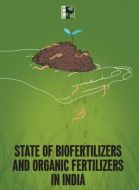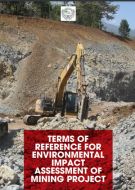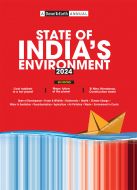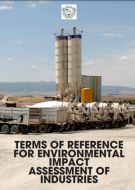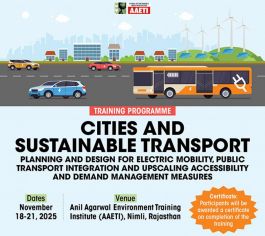Assessment of environmental audit system - PAN-AFRICA STUDY
by Ishita Garg and Dr D.D. Basu
In stock
The rapid growth of development interventions and their associated pollution potential needs to be coupled with a robust environmental governance system to regulate its impacts and ensure its sustainability. Environmental Impact Assessment (EIA) is considered the first step in this direction. EIA is an effective tool in predicting environmental impacts at an early stage of project and exploring means and techniques to reduce adverse impacts.
EIA is a legal instrument for decision-making. However, countries have varied systems in place with respect to the assessment process. In many countries, EIA is also used as a tool to monitor compliance of the commitments made at the inception of the project. The Centre for Science and Environment’s (CSE’s) 2022 report Environmental Impact Assessment—Evaluation of Legislations in Countries of Africa and South Asia highlighted this variance effectively. The report comprised assessment of EIA legislation for 11 countries on indicators of project categorization, information collection, compliance mechanism, information transparency and accreditation of EIA consultants. The assessment found inherent weaknesses in legislations of almost all countries. While some countries had comprehensive legislation, others attempted to cover all the aspects but omitted providing details of the required aspects. Though the study does not cover implementation status on the ground, these shortcomings clearly indicate poor implementation. EIA, although an efficient tool, is a preliminary step and does not guarantee the safeguarding of environment from the adverse impacts of the project. An EIA report identifies the negative impacts and suggests corrective measures, but the major challenge is monitoring the compliance of suggested measures.
| Author | Ishita Garg and Dr D.D. Basu |
|---|---|
| Year | 2023 |
| Language | English |
| Research Type | Download |






